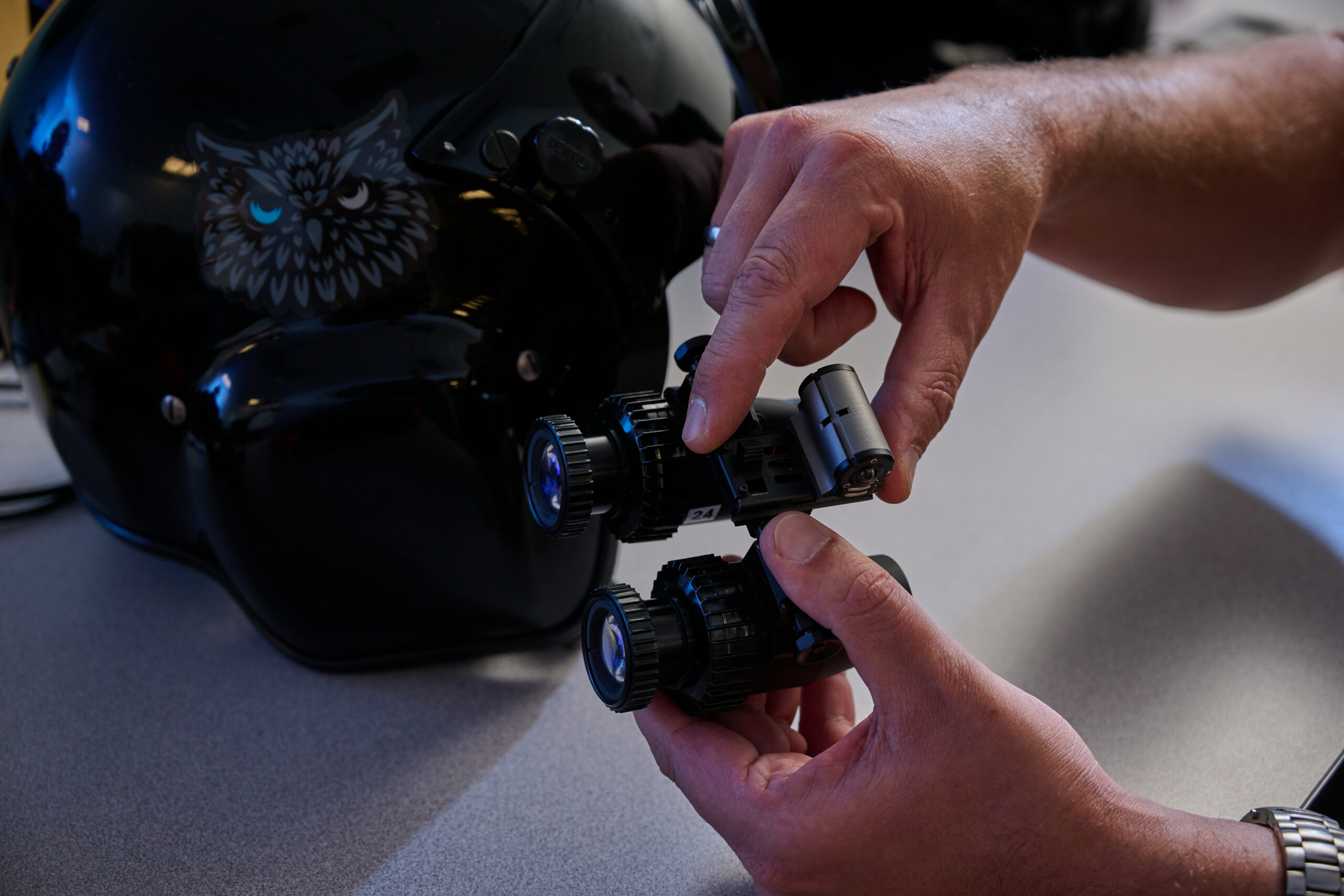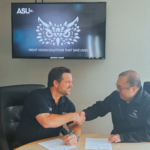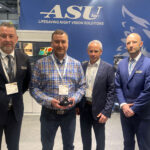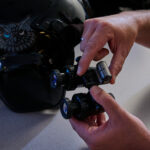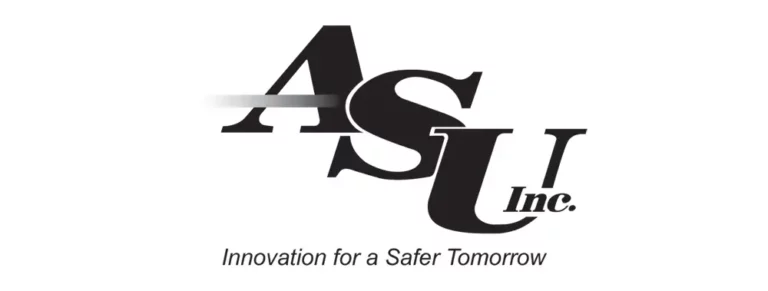This post describes the insights and concerns that spurred the creation of E3, our innovative lightweight night vision goggle.
Limited ANVIS System Improvements:
Over the last 40 years, the ANVIS system has seen minimal advancements, except for incremental improvements in image tube performance (e.g., FOM) and a transition from P43 Green to P45 White output color format.
Contrasting Ground and Aviation NVG Systems:
While ground tactical NVG systems have evolved significantly over the past two decades, introducing features like fused Enhanced Night Vision monoculars/binoculars, lighter binocular systems, and wider field of view formats, aviation night vision systems have experienced only marginal improvements.
Community Concerns – Headborne Weight:
The primary concern expressed by the aviation community regarding the current ANVIS system is the weight and its pull-down effect on the helmet.
2010/2011 User Surveys:
In 2010/2011, the US Army Aeromedical Research Laboratory (USAARL) and the US Army Research Institute of Environmental Medicine (USARIEM) conducted surveys among aircrew members, resulting in the following findings:
- 2010 Survey Hiatt and Rash et al. (86 Aircrew, 6 months OEF deployment, aggregate of >94,000 flight hours of which ~22,000 are ANVIS):
- FOV, depth perception, and head-supported weight were the primary drivers of complaints.
- 2011 Survey Hiatt and Rash et al. (82 Aircrew, OEF deployment, aggregate of >94,000 flight hours of which ~22,000 are ANVIS):
- High complaints of back and neck pain, with higher and different types of spinal symptoms and man-machine interface issues reported in combat environments.
E3 Weight Reduction Objective:
The E3 initiative aims to significantly reduce the weight of aviation night vision systems through a comprehensive system design overhaul while maintaining high image performance and overall quality, surpassing the current ANVIS system.
Future Focus on Lightweight Equipment:
As aviation night vision progresses, manufacturers should prioritize designing lighter helmets, helmet-mounted displays, and NVG systems. This approach is essential for reducing crew fatigue and providing the best equipment for safe night operations. Every gram matters.


